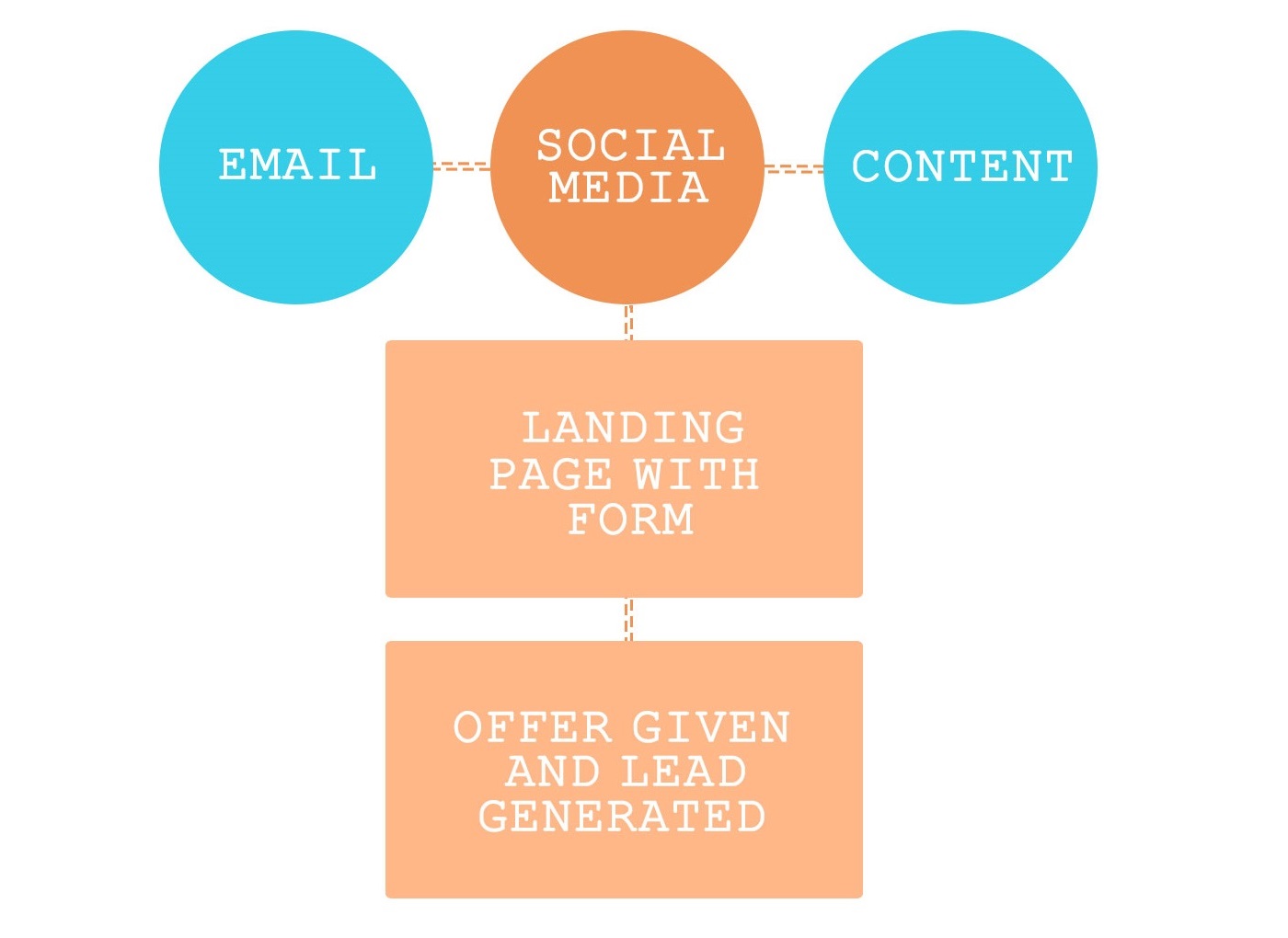Taking your business to the next level using Lead Generation
By Weby Ditor | October 25, 2019Big or small, businesses depends on leads. If you’re a salesperson, you are always in the lookout for more leads. And if you’re a marketer, you’re discovering new ways to generate them. In this page, we’ll take a deep dive into every aspect of lead generation and how it can take your business to the next level.
Let us start with what a lead is, and cover the definition of lead generation, why you need it, its processes, and how you generate leads.
What is a Lead?
A lead is an individual or organization who expresses interest in a product or service that a company offers in some way, shape, or form. The interest is expressed by sharing contact information, like an email ID, a phone number, or even a social media handle.
Let’s take for example a person takes an online survey about apple products and how you like them. After a day, or later, the person receives an email from Apple, that is all about the new Macbook Pro - its benefits and tech features, and more importantly, a button that says “Buy”. This process would be far less interrupting than if they'd just randomly calls the person with no knowledge of whether they even care about apple products, right? This is what it's like to be a lead.
And from a business perspective, the information collected from that person from the survey helps a company personalize that opening communication to address interests or existing problems - and not waste time calling random people who aren’t interested in your products or services at all.
What is Lead Generation?
While Lead is an individual, Lead generation, on the other hand, is the process of finding those individuals (or leads) who’re likely to become your customers because they have indicated interest in your company's product or service.
“Finding” people implies gathering data about people, like their name, email ID or organization’s name, all of which you can use to initiate a business relationship with them. You can generate leads organically and/or by spending money, depending on your resources. Some examples of lead generators are live events, sign up forms on sites, job applications, blog posts, coupons, etc.
These are only few examples of lead generation strategies but there is a lot more.
Lead Generation is about finding unique ways to attract people to your business. You should provide them with goodies to get them naturally interested in your company so they eventually warm up to the brand enough to want to hear from you.
That's exactly what lead generation is: It's a way of warming up prospective customers to your business and getting them on the path to eventually wanting to make a purchase on your products or services.
Why do you need lead generation?
Lead Generation enormously benefits your business in a lot of ways. The transition from stranger to customer is one thing.
When strangers completes an online form, survey, comment on posts, etc., they initiate a communication with you by showing organic interest in your business.
As you can see in the diagram below, having strangers’ interest is a fundamental point in an individual's journey to becoming leads and eventually a delighted customer.

Lead Generation Process
Now that you understand what Lead and Lead Generation is, let’s walk you through the steps of the Lead Generation Process.
1. First step is attracting leads to your website by generating engaging content such as blog posts, photos, online forms or whatever else that would fit your business and your audience that can be shared throughout your various marketing channels.
2. The person then clicks a CTA (call-to-action) - a message that encourages website visitors to take some action.
3. The person is then taken to a landing page that is designed to summarize the information about your products or services.
4. On the landing page, the person completes a form in exchange for an offer or promo, and there you have it, you have a new lead.

Ways to Generate Sales Leads
As covered in the first section, a lead is a person who has indicated interest in your company's product or service. Now, let's talk about the ways to generate sales lead.

Social Media
Every social media platform can be a lead generation channel, depending on your business. Facebook, Twitter, Instagram and Snapchat are a few examples.

Email Marketing
With email, you get to message people personally, while sharing a blog, informing them about a product update, or offering promos. It is meant to build loyalty, trust, or brand awareness.

PPC (pay-per-click) Ads
PPC ads appear on the first page of google search engine results page and takes a visitor to a landing page which collects their information.

Display Ads
Display ads are print ads for digital, also called banners. Design and animation should be strongly considered because they are effective elements to make people convert.

Content Marketing
Content is a great way to guide users to a landing page. Content can be produced in various formats, blogs, videos, images, etc. You can include CTAs (like buttons). The more meaningful content, the more likely they are to click a CTA and move onto your landing page.
A good lead generation process has a number of moving parts, all of which are required to best attract, nurture, and convert leads into customers. As the marketplace changes so will your customers and leads, you should be willing to try new approaches and ideas.
Profecient lead generation services provide you with the access of best sales leads that are fruitful for your organization. Qualified leads help your company attain an increase in productivity as well as profitability.
If you are looking for a Lead Generation Service Provider for your business, feel free to contact us. You may reach us via phone call 818-491-6838 / 747-229-6412 or through email at info@go4globaldesign.com.






